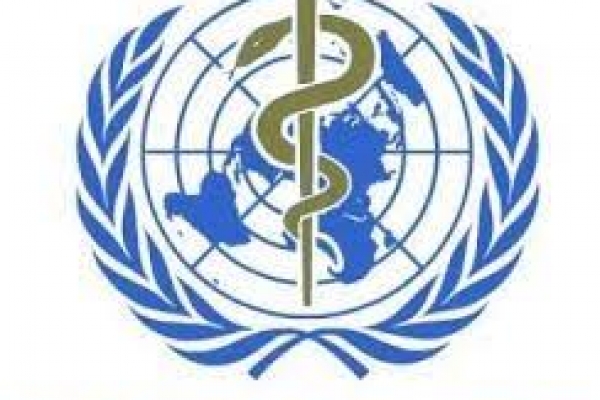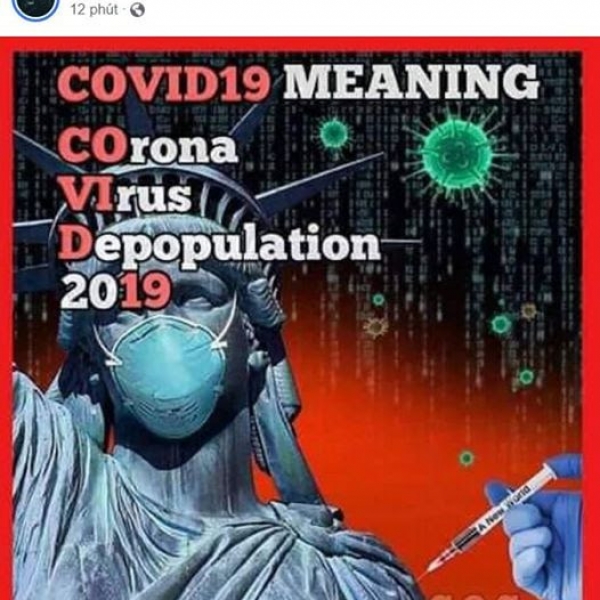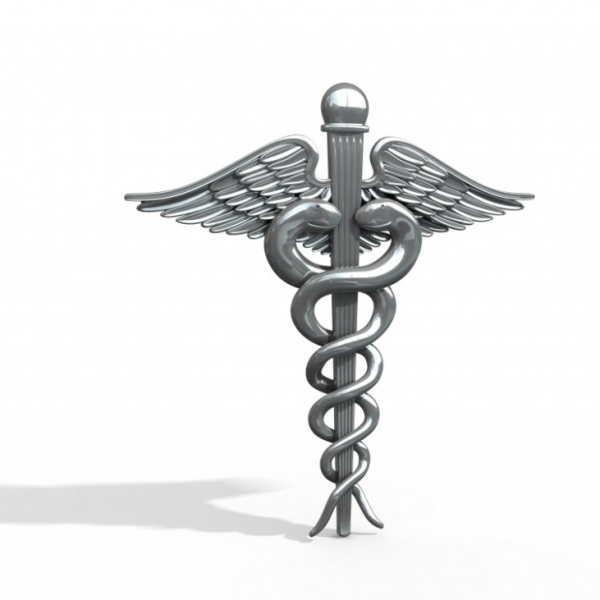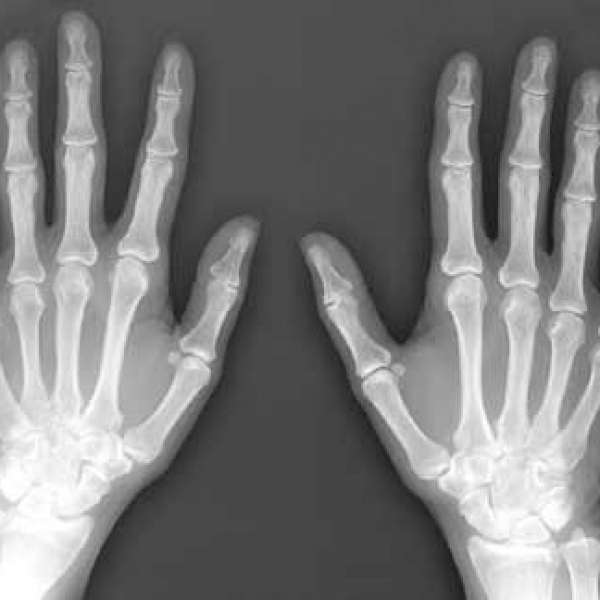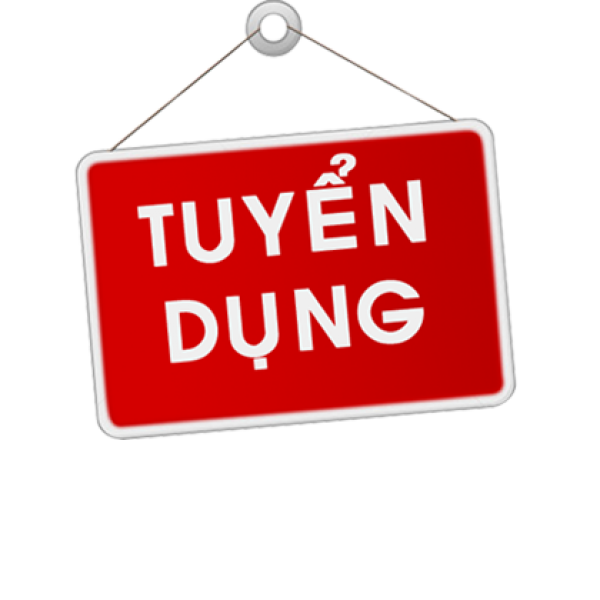Contact Admission
PCTU pioneered the application of VR in medical training
One of the five pillars that Dai Phan Chau Trinh (PCTU) builds is university governance with 4.0 technology. Accordingly, PCTU has a pioneering orientation to technology in medical education, supporting teaching and advancing to university governance by information technology.
In early 2019, the school established a virtual reality laboratory (VR Lab) to research and apply virtual reality to medical teaching. The first is application of teaching anatomy on 3D software Organon VR Anatomy. This is a software that has been successfully run and awarded VR 2018.
This VR system will help the medical students of PCTU strengthen their knowledge of anatomy lectures, understand more deeply and in detail about how the human body works. The system of full description of anatomical details is linked together in 3 dimensions, so that teaching - learning anatomy becomes more intuitive and effective.
Doctor Nguyen Huu Tung - Chairman of the Board of Directors said that the application of artificial intelligence (AI), robotics, virtual reality (VR) and augmented reality (AR) in medical diagnosis and treatment The near future is inevitable. The first is that medical students need to understand and be approached early in their medical years. Therefore, the pioneer in applying VR platform in teaching shows that PCTU's training strategy for the health sector is the right and appropriate direction.
Currently, medical students generally have to undergo anatomy and practice on the anatomy of the donor's corpse. The learning of autopsy presents some limitations such as some unobservable structures or difficult-to-observe angles, the limited number of surgeons studying, and anatomical details that can be affected by the incision. or due to the investigations of the surgeon or student, knowing that an autopsy on a donated corpse cannot be replaced by its authenticity. With VR, the above limitations are overcome. Moreover, VR will enable students to view different body organs over and over again and these images are not changed by the incisions. With a 360-degree view of all tissues, bones, muscles, blood vessels, nerves and organs, students are better prepared for future clinical work. Learners can move, disassemble or walk through human body structures to take notes or mark down important positions.
Through Organon VR Anatomy 3D system, students actively research before the lecture, before, during and after the autopsy. This is a tool to realize problem-based teaching methods - PBL, group study, group teaching competencies that PCTU is applying, in which students are the center, actively dominate knowledge.
According to the Rector of the University of Medicine Phan Chau Trinh, the VR Lab unit of the school has initially applied VR technology to support the teaching of body science and the school continues to research and apply software of other subjects. such as biochemistry, microbiology - parasite, biology, clinical skills (skill lab) to teach in the implementation of the project to technologyize medical teaching textbooks of Phan Chau Trinh Medical University.
Other news
- Commencement of Construction of Two Special Projects ( 10:35 - 30/12/2023 )
- EXPANDING A NEW COLLABORATION OPPORTUNITY WITH GLOBAL ENGAGEMENT INSTITUTE (GEI) ( 08:32 - 22/12/2023 )
- Red-shanked Douc Langur Has Become the Symbolic Mascot of Phan Chau Trinh University ( 08:45 - 14/12/2023 )
- FORGING INTERNATIONAL COLLABORATION WITH VOLUNTEERING JOURNEYS ORGANIZATION ( 08:52 - 06/12/2023 )
- TIẾP ĐÓN, TRAO ĐỔI HỢP TÁC VỚI TỔ CHỨC VOLUNTEERING JOURNEYS ( 08:44 - 06/12/2023 )
- RESEARCH IDEAS COMPETITION FINALS FOR STUDENTS ( 13:37 - 02/12/2023 )
- Khóa học “Bồi dưỡng nghiệp vụ sư phạm cho giảng viên Đại học, Cao đẳng” ( 13:19 - 28/11/2023 )
- Phan Chau Trinh University is listed in the World Directory of Medical Schools by WHO. ( 08:04 - 23/11/2023 )
- Phan Chau Trinh University Participated in the 13th World Congress of the World Society for Pediatric Infectious Diseases (WSPID 2023) – South Africa ( 14:30 - 21/11/2023 )
- Celebrate the 41st Anniversary of Vietnamese Teachers' Day 20/11/2023 ( 13:33 - 16/11/2023 )



